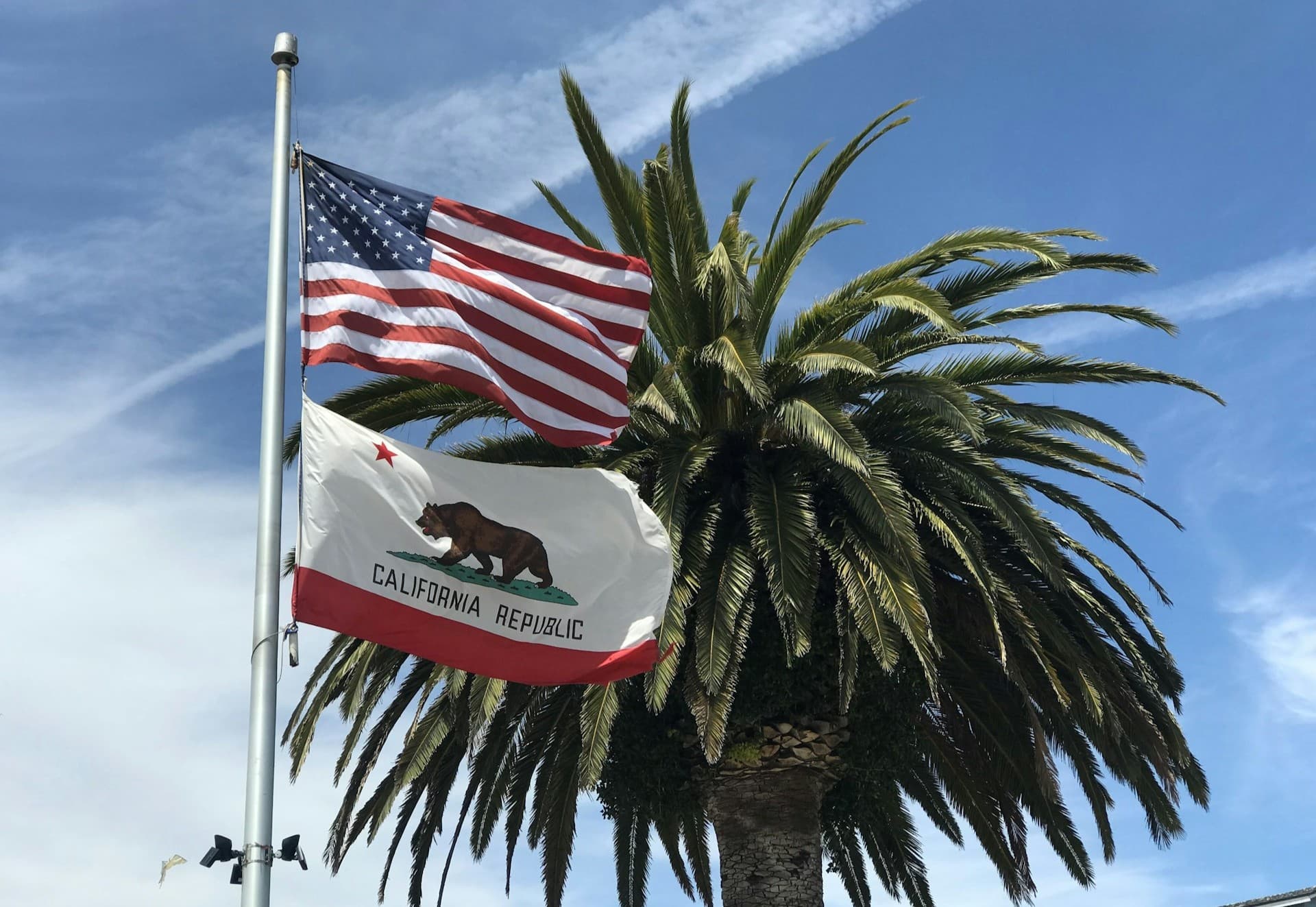Why California's New Motor Voter Bill Won't Fix Low Turnout
The California state Senate on Thursday approved a bill that would automatically register to vote any eligible Californian who receives a driver’s license unless they opt out.
The measure was prompted by the 42% turnout in the November 2014 election, as well as the turnout for the March 2014 election in Los Angeles, in which only about 10% of eligible voters went to the polls.
Nearly 7 million Californians, mostly young people, are eligible but not registered to vote. In an effort to boost the number, Assemblywoman Lorena Gonzalez (D-San Diego) introduced a bill modeled on a new law in Oregon to get more people to the polls.
The measure (AB 1461) was previously approved by the Assembly but returns there for approval of minor amendments and will almost certainly be signed into law by Governor Jerry Brown.
But the question remains as to the bill's efficacy: it will certainly accomplish its goal of increasing registration, but the bill only scratches the surface of the causes of diminished voter turnout.
According to a report by the Davenport Institute at Pepperdine University in conjunction with the National Conference on Citizenship on voting tendencies during the 2012 general election, lack of registration only accounts for a fraction of voter non-participation. The report produced the following results as to why citizens don't vote:
- 20 percent of Californians cited "Too busy, conflicting work or school schedules"
- 12 percent said that they were "Not interested, felt like my vote wouldn't make a difference"
- 12 percent cited an "Illness or disability"
- 10 percent said they experienced "Registration problems"
- 10 percent "Didn't like candidates or campaign issues"
- 9 percent were "Out of town or away from home"
- 6 percent "Forgot to vote or send in absentee ballot"
- 3 percent cited "Transportation problems"
- 2 percent said that "Polling lines too long"
California has certainly addressed a wide variety of structural barriers to voting, including early voting, vote-by-mail, recent restoration of voting rights to tens of thousands of low-level felons, and now, the new automatic registration bill.
However, as a Californian, I find it troubling that 34% of those surveyed cited issues that have been easily avoidable for quite some time. I also find it troubling that it is clearly not the structural barriers, but the attitudinal ones, that are making the largest impact on voter turnout.
Civic engagement and participation in our core governing process, it seems, is at a premium these days. While attitudinal barriers are much more difficult to break through -- and will require leadership from inside and outside the state government -- they are a requisite for adequate representation in California's present and future. And they should be addressed sooner rather than later.
Photo Source: AP



